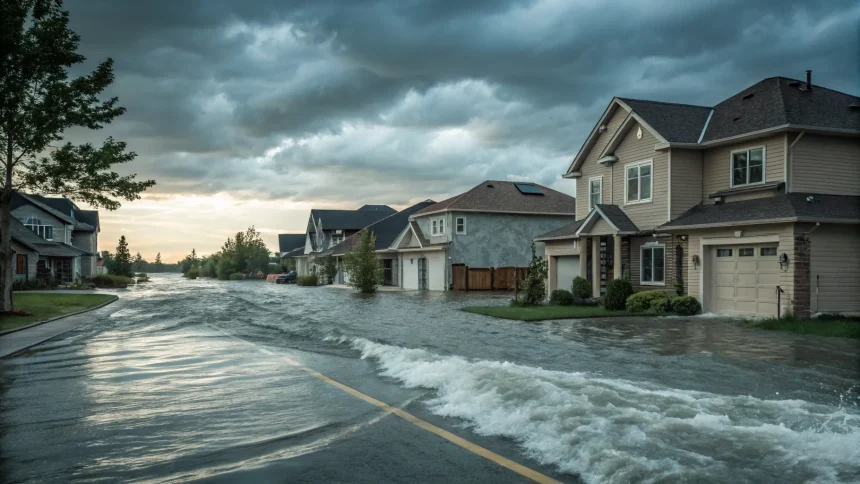Recent flash floods in Texas and North Carolina have highlighted a critical gap in standard homeowners insurance policies. Many affected residents are discovering that their regular insurance does not cover damage from flash floods, potentially leaving them with significant financial losses.
Flash floods can cause devastating damage in minutes, destroying homes, possessions, and infrastructure. Despite the severity of these events, most homeowners insurance policies specifically exclude flood damage, regardless of the cause or intensity of the flooding.
The Coverage Gap
Standard homeowners insurance policies typically cover water damage from specific sources such as burst pipes or rain that enters through a wind-damaged roof. However, they explicitly exclude damage from rising water, including flash floods, river overflows, or storm surges.
This distinction creates a significant protection gap for homeowners in flood-prone areas, including those who may not realize their vulnerability until it’s too late. The recent disasters in Texas and North Carolina serve as stark reminders of this insurance blind spot.
Flood Insurance Options
The primary option for flood protection is a separate flood insurance policy, most commonly available through the National Flood Insurance Program (NFIP), which is managed by the Federal Emergency Management Agency (FEMA).
NFIP policies provide coverage for:
- Building property (up to $250,000)
- Personal contents (up to $100,000)
- Debris removal
- Loss avoidance measures
Private flood insurance has also become more widely available in recent years, sometimes offering higher coverage limits or additional benefits compared to NFIP policies. These private options may provide alternatives for homeowners seeking more comprehensive protection.
Who Needs Flood Insurance
While mortgage lenders require flood insurance for homes in FEMA-designated high-risk flood zones, the recent disasters in Texas and North Carolina demonstrate that flash flooding can affect areas not traditionally considered high-risk.
Climate change has increased the unpredictability of severe weather events, making flash floods more common in areas without historical flooding patterns. This changing risk landscape means more homeowners should consider flood insurance, even if not required by their mortgage lender.
Risk factors that might indicate a need for flood insurance include:
- Proximity to water bodies, even small streams
- Location in or near floodplains
- Areas with poor drainage
- Regions experiencing increased development, which can change water runoff patterns
Cost Considerations
Flood insurance premiums vary based on several factors, including property location, elevation, construction type, and coverage amounts. NFIP policies average about $700 annually, though costs can be significantly higher in high-risk areas.
Private flood insurance costs vary widely by provider and risk assessment. Some homeowners find private options more affordable, while others benefit from the standardized rates of NFIP policies.
Importantly, flood insurance typically has a 30-day waiting period before coverage takes effect, making advance planning essential. Homeowners cannot wait until a storm is approaching to obtain protection.
The devastation in Texas and North Carolina serves as a reminder that flood risks extend beyond coastal areas and designated flood zones. As extreme weather events become more common, understanding insurance limitations and securing appropriate coverage becomes increasingly important for homeowners across the country.









